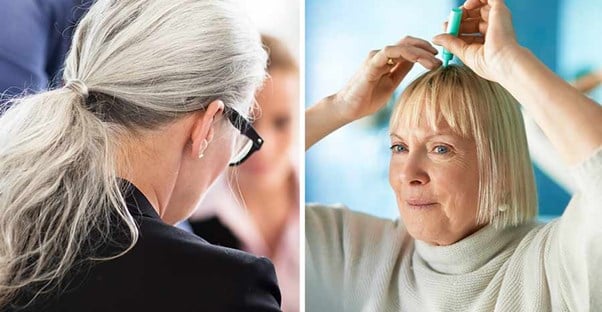Towel Drying Hair

After stepping out of a shower, our temptation is to take our bath towels and roughly wring out water from our hair. Even the fuzziest towels can lead to damaged hair shafts, more split ends, and extra frizzy hair days.
The best way to dry your hair is with a microfiber towel--or even better, let your tresses air dry!
CentralITAlliance/iStock/Getty Images
Using Too Much Dry Shampoo

Dry shampoo is a quick and dirty way to refresh unwashed hair, but it’s is bad for our scalps. When we use dry shampoo, we’re actually coating our hair with substances that can potentially build up, irritate, and weaken the follicles.
Excess dry shampoo usage can increase the chances of hair shedding. Stick with less dry shampoo throughout the week and let your scalp breathe.
Brushing Hair While It’s Still Wet

Brushing our hair encourages hair growth by stimulating the roots, but brushing wet hair can do more bad than good. Our hair is vulnerable when wet.
Brushing when wet adds tension and may lead to breakage. Not all brushes are alike. Wide tooth combs and boar bristle brushes are great for detangling wet hair without it snagging on the brush.
FotoDuets/iStock/Getty Images
Swimming in Pools
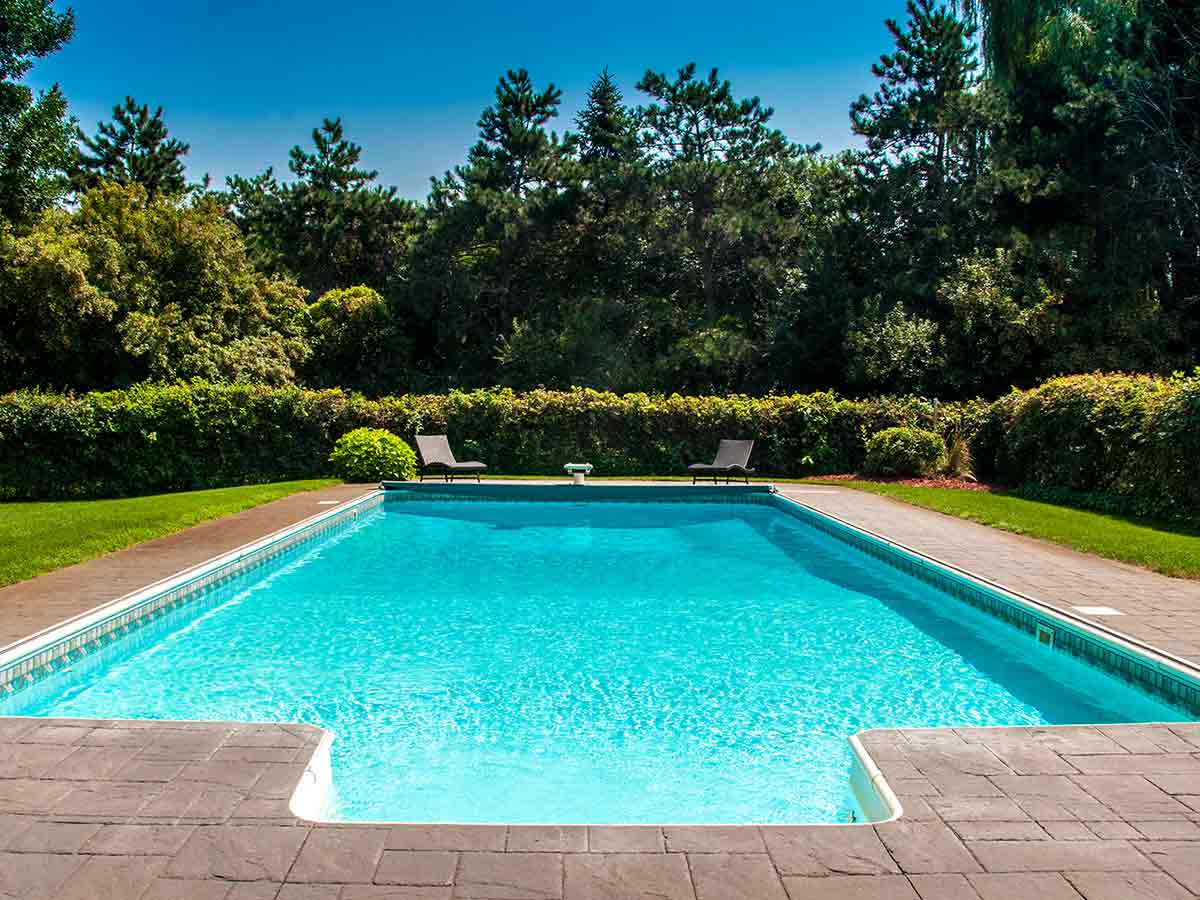
Chlorine is necessary to keep swimming pools clean but strips our hair of natural oils. Chlorine doesn’t actually make our hair green after a dip in the pool; that's the chlorine oxidizing with copper making it look like we have algae-colored hair.
Unflattering swim caps aren’t needed to combat the green, though. For a preventative measure, wet your hair and use a little bit of a leave-in conditioner before swimming. If your hair is already chlorine-damaged, use apple cider vinegar to rinse out the chlorine.
(Image via Pinterest)
Aggressive Teasing or Backcombing

Big hair was all the rage in the 1980s. We teased our hair to great heights, but what we didn’t know was how much damage we were inflicting to our hair. Because teasing or backcombing is going against the direction of hair cuticle cells, we’re causing breakage.
The best way to minimize destroying hair while teasing is using a good quality backcombing brush, combing through your entire hair, using texturizing products to create lift, and teasing with even, downward strokes without getting aggressive.
(Image via Pinterest)
Wearing the Same Hairstyle All the Time

Some days it’s easier to throw our hair back into a quick ponytail or bun. But doing the same style constantly can lead to traction alopecia, or hair loss starting at the hairline. Repeatedly pulling hair back forces the follicle away from its root and discourages hair growth.
Loose hairdos are better than super tight hairstyles. Also, if your heart is still in the 80s, the scrunchie is the perfect accessory that won’t tug hard on hair.
TommL/iStock/Getty Images
Scorching Hot Showers
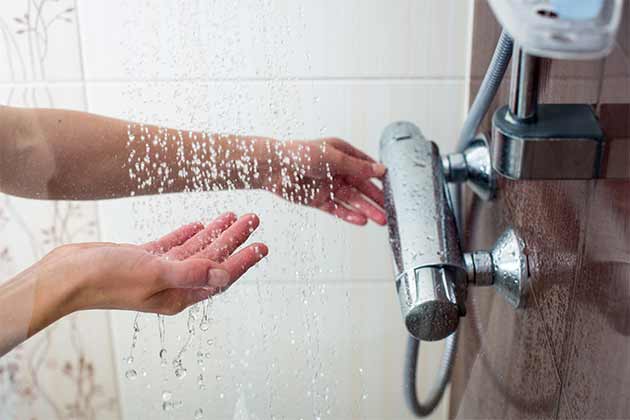
There’s nothing like a nice hot shower but lower the water temperature for your hair’s sake! While it does help clean our hair, hot water can make our scalps dry up fast.
Instead, try taking a warm shower; they're the way to go for pleasant showers and happy heads of hair. Plus, they still warm you up on a cold day.
ViktorCap/iStock/Getty Images
Overwashing Hair
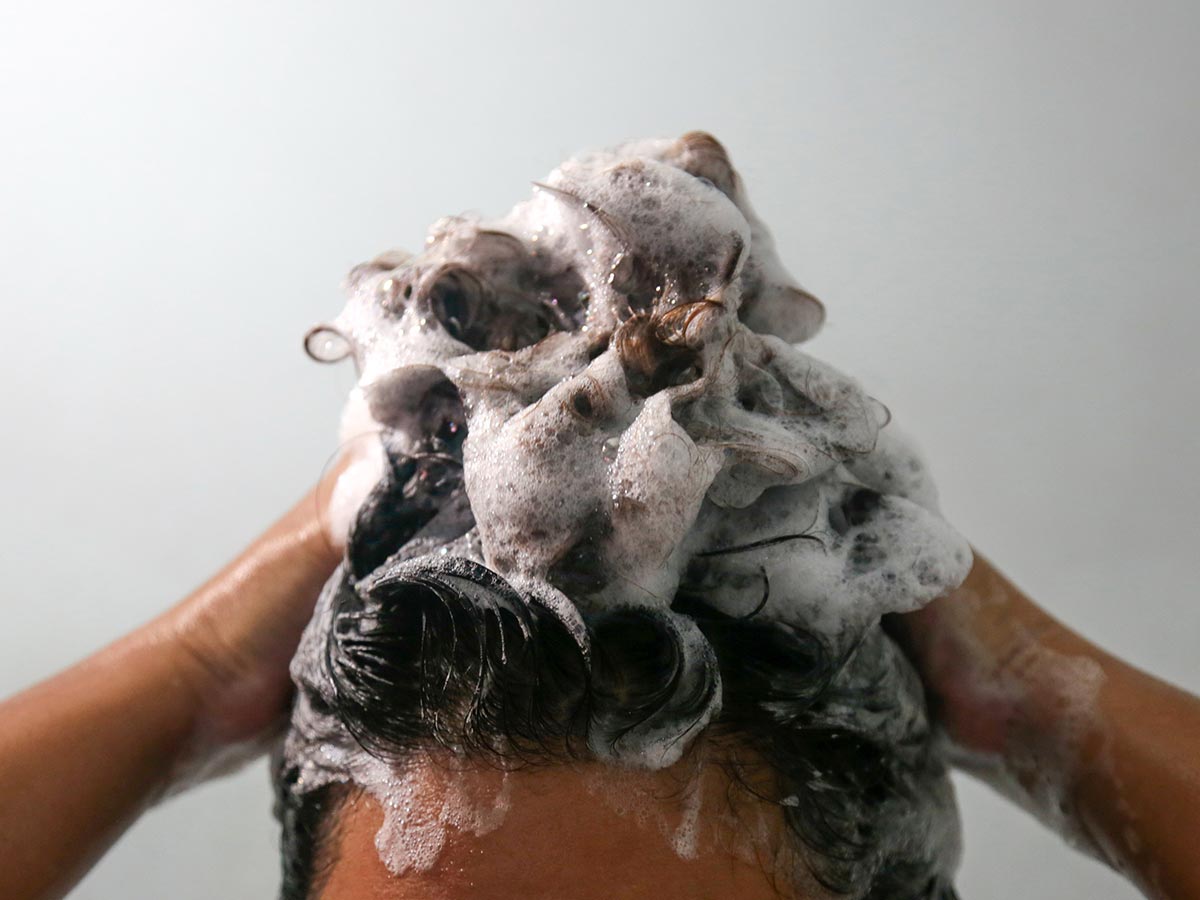
We think because we have oily hair we need to shower more to wash out excess oiliness. We’re actually stripping away necessary oils our hair needs to maintain its health.
Our scalp then overcompensates for the lack of oil and produces way too much. Combat oiliness by starting with washing your hair every other day to every two days. Our scalps will adjust and maintain the perfect balance.
mheim3011/iStock/Getty Images
Heat Styling with No Heat Protectant

With so many hair styling devices at our disposal, it’s easy to go overboard with using the hot tools. Too much heat will quickly dry out our hair. Adding a heat protectant should be the first step before any styling involving hot tools.
Use hair dryers, curlers, straighteners, and hot brushes on low settings with a few spritzes of heat protectant to avoid any damage.
gpointstudio/iStock/Getty Images
Sleeping on Cotton Pillowcases
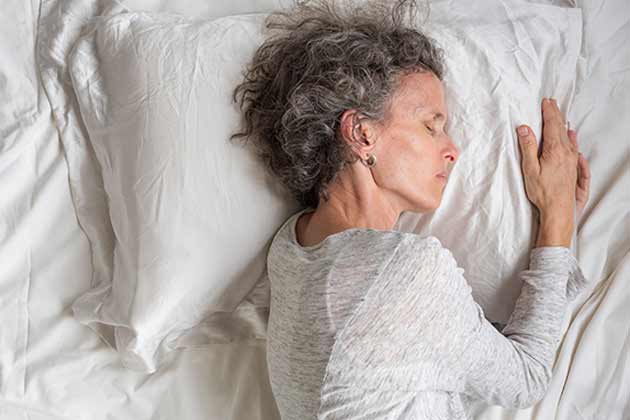
As comfy as they are, sleeping on cotton pillowcases can lead to bad hair days. The fibers catch onto hair while we toss and turn in the night.
Cotton is also absorbent and sucks moisture out of hair. Consider investing in a silk pillowcase for smooth hair or simply use a silk scarf to wrap around your hair before going to bed.
natalie_board/iStock/Getty Images
Pulling Out Gray Hairs

Any sight of gray hairs can make people recoil or anxious to pull them out. There’s a myth that if we yank them out more will pop up in its place. Pulling them out won’t grow more because only one strand can grow in a follicle.
Instead, the new strand will still be gray because the pigment cells aren’t producing color anymore. If plucking is a must, be gentle with removing any gray hairs to prevent trauma to the follicle that can lead to hair loss.
diego_cervo/iStock/Getty Images
Avoiding the Hairdresser
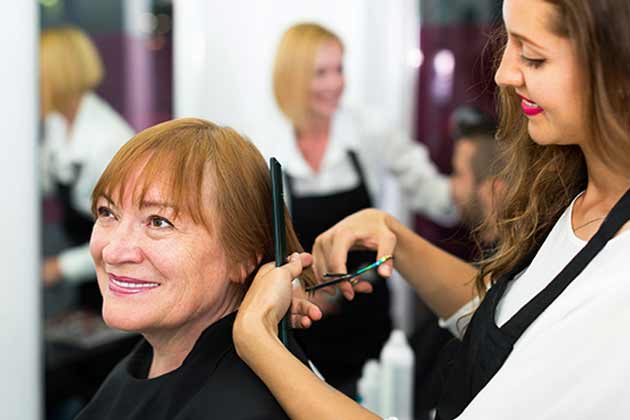
Visits to the hair salon shouldn’t be just for our hair is getting too long. Cutting hair is vital in maintaining healthy hair. Split ends continue to split until it reaches the root.
Getting regular haircuts is a good way to keep hair in check. Most hair stylists suggest that you should visit the salon a minimum of every eight weeks to ensure your hair stays happy and healthy.
JackF/iStock/Getty Images
Sleeping with Wet Hair
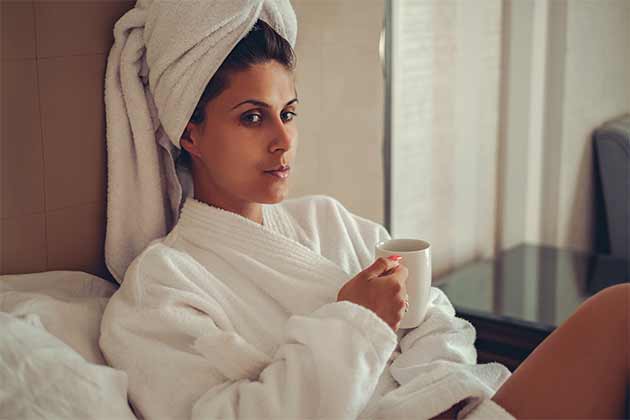
For some people, washing our hair is all we need to unwind and relax after a long day. It’s easy to shower and hop straight into bed without first drying our hair.
Sleeping with wet hair is a quick way to get breakage. Wet hair is more brittle and prone to damage. Not to mention, we get some funky dents in after waking up with damp hair!
Sjale/iStock/Getty Images
Forgetting to Clean the Hairbrush
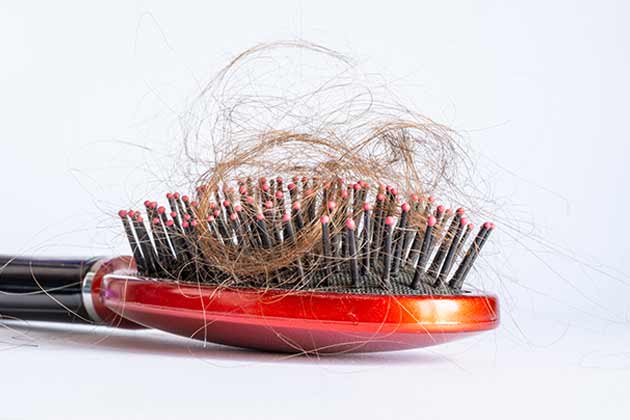
Hair brushes that haven’t been cleaned in a while are home to stray strands of hair, debris, sweat, and residue from styling products. We’re not doing any favors to our hair by using dirty brushes.
Keeping our combs free and clean is a good strategy for making sure our hair is as fresh and healthy as can be.
Antonistock/iStock/Getty Images
Shampoo with Sulfates
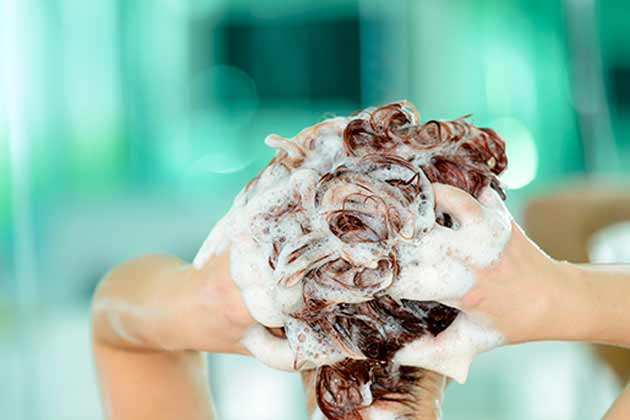
Shampoo with sulfates could be the culprit to why our hair feels dry. Sulfates make shampoos foamy when mixed with water, but too much sulfate in shampoos can excessively strip essential oils and protein from our hair.
That's not the only thing you (possibly) have to worry about. There have been claims that sulfates cause cancer, but there’s been no scientific evidence to back it up.
stock_colors/iStock/Getty Images
Hair Sprays with Alcohol
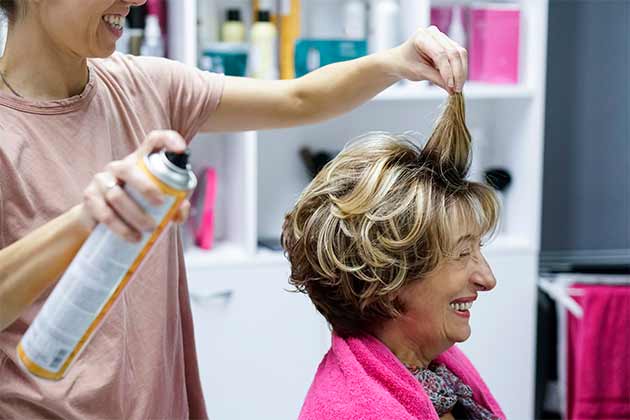
There are claims that hair sprays with alcohol are bad and drying, but it depends on the type of alcohol. Products containing ethanol, SD alcohol, SD alcohol 40, denatured alcohol, propanol, propyl alcohol, and isopropyl alcohol are harmful because they evaporate quickly.
On the other hand, lauryl alcohol, cetyl alcohol, myristyl alcohol, stearyl alcohol, cetearyl alcohol, and behenyl alcohol are fatty alcohols safe to use because they coat our hair with hydration.
BakiBG/iStock/Getty Images
Getting a Perm
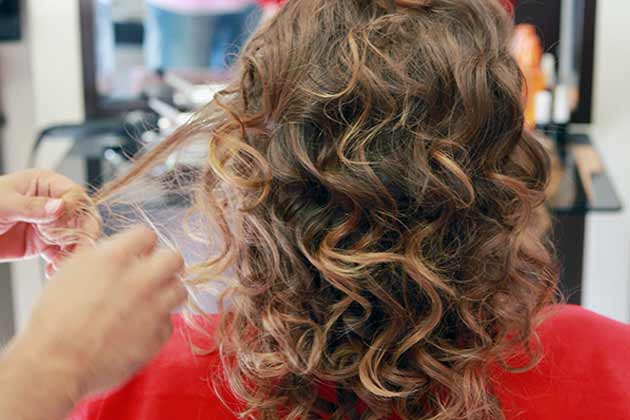
The 80s were a time for big voluminous hair. Perms were the norm. Perms change the chemical properties of hair to shape it into waves or curls, and if not done properly, there can be major damage to our strands.
Typically, bleaching hair is more damaging, so getting a bleach and perm at the same time may not be the wisest choice. In fact, many hair stylists may deny the services if paired together.
Serpil_Borlu/iStock/Getty Images
Eating a Poor Diet

As cliché as it sounds, beauty really does start from within. The foods we eat affect our skin, nail, and hair health. Good food for good hair include eggs, berries, spinach, fatty fish, sweet potatoes, avocados, nuts, seeds, sweet peppers, oysters, shrimp, beans, and soybeans.
Vitamins that promote hair growth are vitamins A, C, D, E, zinc, B, iron, and biotin. Try to get these foods naturally, as your body absorbs vitamins better when eaten.
JulijaDmitrijeva/iStock/Getty Images
Hair Snagging on Purses

Be careful when carrying heavy purses around. It may seem insignificant, but purses that constantly tug at our hair can lead to strands being pulled out of the follicle.
Make sure to move any loose hair away or clip it back to avoid premature hair loss. You can also consider switching to a different type of bag that doesn't pull your hair.
LarsZahnerPhotography/iStock/Getty Images
Not Drinking Enough Water

Our bodies don’t perform optimally when we’re dehydrated and growing healthy hair will be the least of our body’s priorities. One-fourth of our hair strands are made of water.
Hair loss is possible if we’re severely dehydrated. New hair won’t grow unless we’re quenched of thirst, and since we naturally shed lots of water throughout the day, we need to stay hydrated.
dolgachov/iStock/Getty Images
Brushing From the Root

Brushing your hair from the root can damage it in several ways. Firstly, pulling the brush through the hair from the roots can cause the hair to stretch, which weakens it over time and leads to breakage. Secondly, brushing from the root can cause the hair to tangle and knot, making it more difficult to detangle and leading to further damage.
Additionally, brushing the hair from the root can cause the cuticles to lift, exposing the inner part of the hair to damage from environmental factors such as heat and chemicals. It's better to start brushing from the ends of the hair and work your way up to avoid damaging the roots.
Tight Ponytails or Buns

Tight ponytails or buns can cause significant damage to your hair. When hair is pulled too tightly, it can cause traction alopecia, which is a type of hair loss caused by constant tension on the hair follicles. Additionally, tight hairstyles can cause breakage and split ends, especially when the hair is dry or brittle.
Tight hair ties can also lead to hair tangling and knotting, making it more difficult to detangle and resulting in further damage. To prevent hair damage, it's best to avoid overly tight hairstyles and opt for looser styles that don't place excessive tension on the hair. Using a soft hair tie and alternating hairstyles can also help prevent damage.
Leaving Conditioner on Too Long

Leaving hair conditioner on too long can actually damage your hair, rather than benefiting it. Conditioner contains ingredients that can soften and hydrate hair, but when left on for too long, it can also cause the hair to become overly saturated with moisture.
This can lead to the hair becoming weak and limp, and can also cause the cuticles to swell and lift, making the hair more prone to damage from environmental factors. It's important to follow the instructions on your conditioner and not leave it on for longer than recommended. Rinse it out thoroughly to avoid any potential damage.
Too Much UV Exposure

Too much UV exposure can damage your hair in several ways. UV rays can cause the hair to become dry and brittle, leading to breakage and split ends. UV rays can also cause the hair to lose its natural color, leading to premature graying or fading.
Additionally, UV rays can damage the outer layer of the hair, causing the cuticles to lift and making the hair more prone to tangling and breakage. To protect your hair from UV damage, wear a hat or use a hair product with UV protection. You can also avoid prolonged sun exposure or stay in the shade to reduce UV exposure.
Drying Your Hair with the Wrong Towel

Drying your hair with a coarse towel can lead to significant damage. The rough surface of the towel can cause friction and lead to breakage and split ends, especially when the hair is wet and more susceptible to damage. Additionally, the towel can cause hair tangling and knotting, making it more difficult to detangle and resulting in further damage.
A microfiber towel is a better option for drying hair as it is gentle on the hair and helps absorb moisture without causing friction. Microfiber towels are also smoother and less likely to cause hair tangling, making them a safer option for your hair.
High-Stress Situations
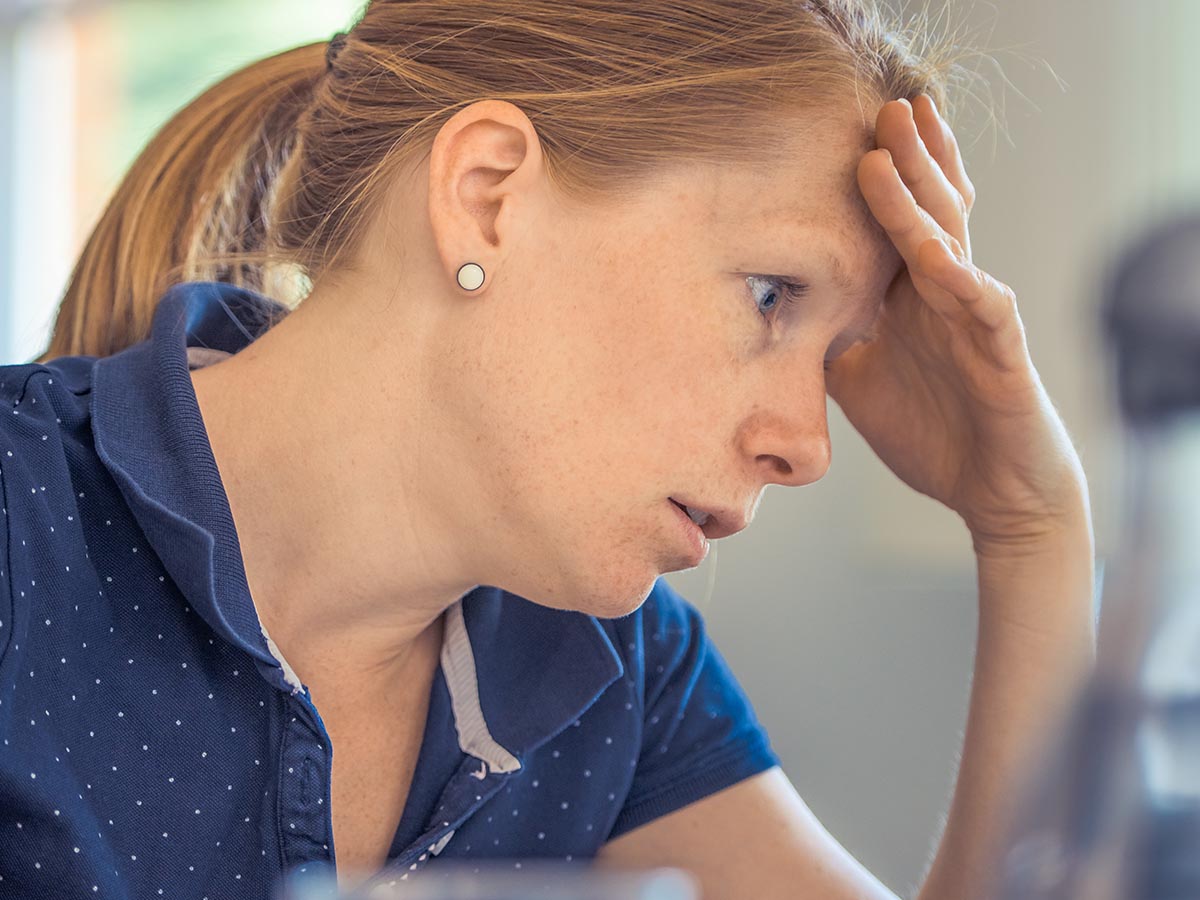
High-stress situations can cause significant damage to your hair. Stress triggers the release of hormones such as cortisol, which can affect the hair growth cycle and lead to hair loss or thinning. Additionally, stress can cause the hair to become dry and brittle, making it more prone to breakage and split ends.
Stress can also lead to hair-pulling behaviors, such as pulling or twisting hair, which can further damage the hair. To prevent stress-related hair damage, it's important to practice stress-reducing techniques such as exercise, meditation, and relaxation techniques. Taking care of your physical and mental health can help promote healthy hair growth and prevent stress-related damage.
Using a Bad Brush

Using the wrong kind of brush can cause significant damage to your hair. For instance, using a brush with hard, plastic bristles can cause hair breakage and split ends, especially when used on wet hair. A brush with metal bristles can also damage the hair cuticles and cause tangling.
Using a brush with natural bristles, such as boar hair, is a better option as it is gentler on the hair and helps distribute natural oils. It's also important to choose the right type of brush for your hair type, whether it be curly, straight, thick, or thin, to avoid damage and promote healthy hair growth.
Not Protecting Your Hair from the Wind
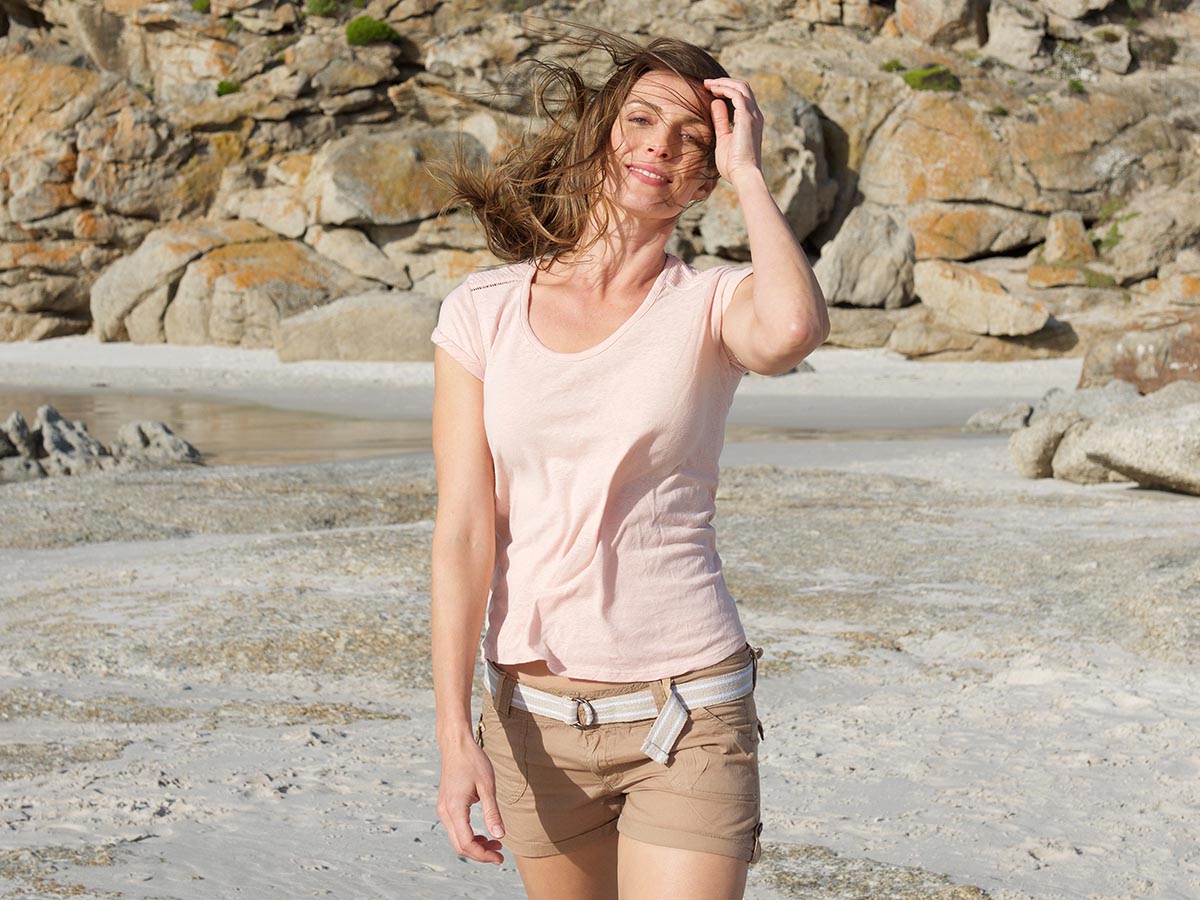
The wind can cause significant damage to your hair, especially when it's blowing at high speeds. The wind can tangle and knot the hair, leading to breakage and split ends. Additionally, the wind can cause the hair to become dry and brittle, making it more prone to damage from environmental factors.
Windy conditions can also cause the hair to become frizzy and unmanageable, making it difficult to style. To protect your hair from wind damage, wear a hat or scarf to shield your hair from the wind. You can also use a hair product that provides protection against wind damage.
Lack of Sleep
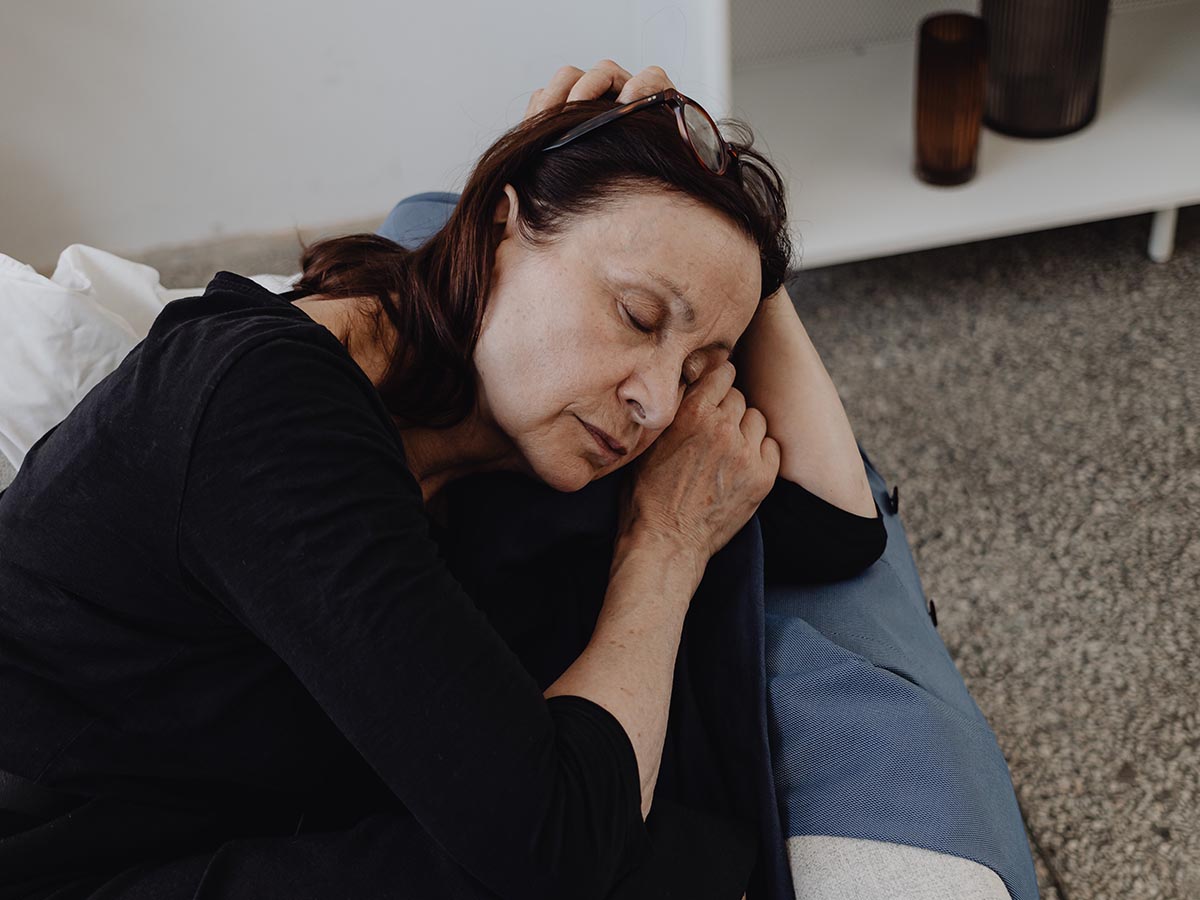
Lack of sleep can have negative effects on your hair health. When you don't get enough sleep, your body produces more stress hormones, which can affect hair growth and lead to hair loss or thinning. Lack of sleep can also cause the hair to become dull and lifeless, making it more prone to breakage and split ends.
Additionally, sleep deprivation can weaken the immune system, making it more difficult for the body to fight off infections that can affect the hair and scalp. Getting enough sleep is crucial for maintaining healthy hair and promoting hair growth.
Wear Tight Hats or Headbands

Tight hats or headbands can cause significant damage to your hair. The pressure from these accessories can lead to hair breakage and even hair loss over time. Additionally, tight hats and headbands can cause hair to become flattened and matted, making it difficult to style.
This can also lead to scalp irritation and inflammation. To avoid damaging your hair, opt for hats or headbands that fit loosely and don't put too much pressure on your hair. You can also choose hair-friendly accessories, such as silk or satin headbands, which are less likely to cause hair damage.
Frequent Hair Dyeing

Frequent hair dyeing can cause significant damage to your hair. Chemicals in hair dyes can strip the hair of its natural oils, making it dry and brittle. Dyeing hair also involves using harsh chemicals that can cause hair breakage, split ends, and even hair loss. Additionally, frequent hair dyeing can cause scalp irritation and damage, leading to conditions like dermatitis and psoriasis.
To avoid damaging your hair from dyeing, it's important to use high-quality hair dye and to wait at least six to eight weeks between each dye job. You can also opt for hair-friendly alternatives, such as semi-permanent hair dyes or henna, which are less damaging to the hair.
Not Caring For Your Scalp

Neglecting your scalp can cause significant damage to your hair. The scalp is where the hair roots are located, and if it's not properly cared for, it can lead to hair problems such as dandruff, itching, and even hair loss.
Neglecting the scalp can also cause the hair to become dry and brittle, making it more prone to breakage and split ends. To maintain healthy hair, it's important to take care of your scalp by washing it regularly, using gentle shampoos, and massaging the scalp to stimulate blood flow. This can promote healthy hair growth and prevent scalp and hair damage.
Avoiding Conditioner Entirely

Not conditioning your hair at all can cause significant damage to your hair. Conditioner helps to moisturize and nourish the hair, making it soft, smooth, and more manageable. Without conditioner, the hair can become dry, brittle, and prone to breakage and split ends.
Additionally, not conditioning the hair can cause tangles and knots, which can lead to hair breakage and damage. To avoid damaging your hair from lack of conditioning, it's important to use a high-quality conditioner that is appropriate for your hair type. You can also consider using a leave-in conditioner for added moisture and protection.
Not Researching Hair Products

Not researching the hair products you use can be dangerous for your hair and overall health. Many hair products contain harsh chemicals that can damage the hair, scalp, and even the rest of the body. Using products that contain sulfates, parabens, and other harmful ingredients can cause dryness, irritation, and allergic reactions.
Additionally, certain products can strip the hair of its natural oils, leading to dryness and breakage. To avoid damaging your hair from using the wrong products, it's important to research the ingredients and choose products that are safe and appropriate for your hair type. Allegedly safe products like Devacurl and Olaplex have recently hit the spotlight for lawsuits due to the problems caused by the products.
Ignoring Your Hair Type
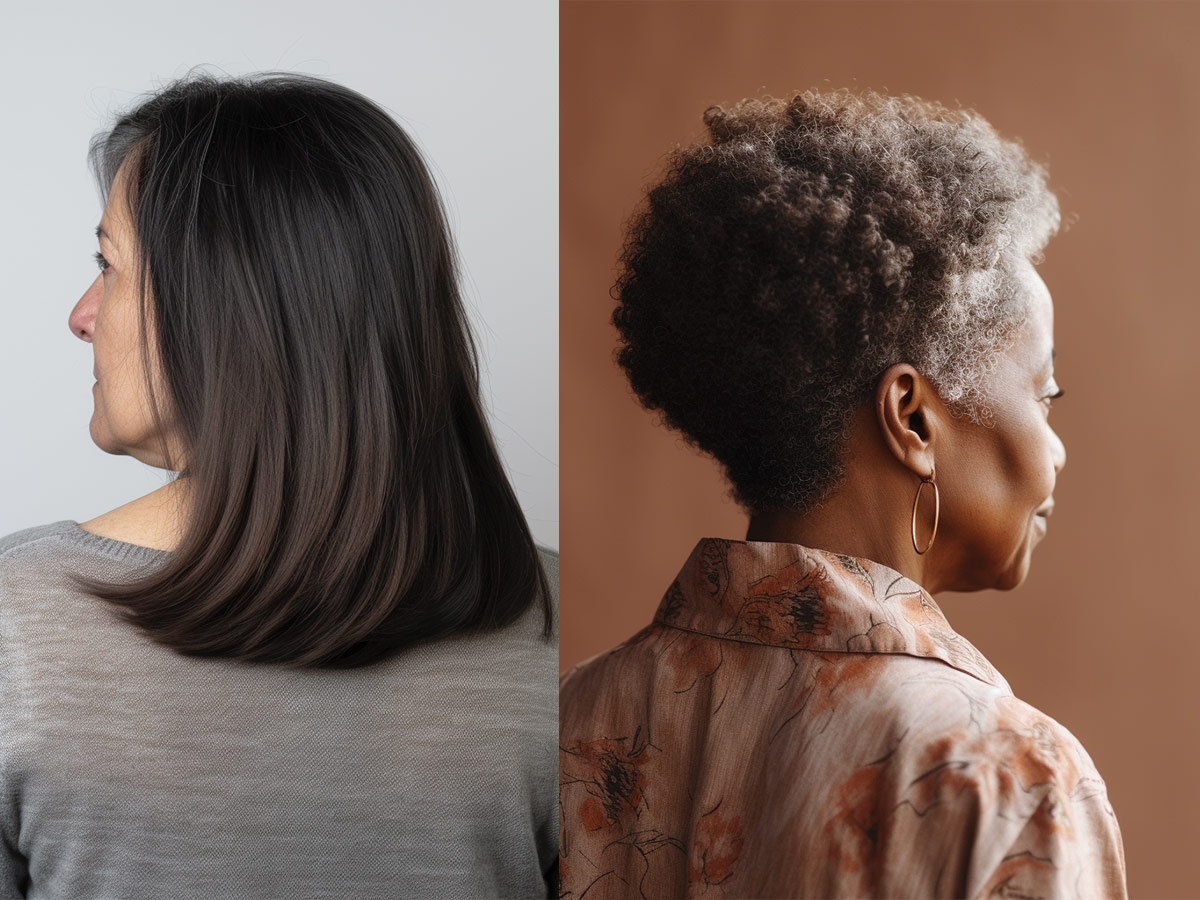
Ignoring your hair type can cause significant damage to your hair. Each hair type has unique characteristics that require specific care to maintain healthy hair. For example, fine hair is more prone to breakage and requires gentle care, while curly hair requires more moisture to prevent dryness and frizz.
If you use products and styling tools that are not appropriate for your hair type, it can cause damage such as breakage, split ends, and even hair loss. To avoid damaging your hair from ignoring your hair type, it's important to learn about your hair type and choose products and tools that are designed for it.
Not Using Clarifying Shampoo
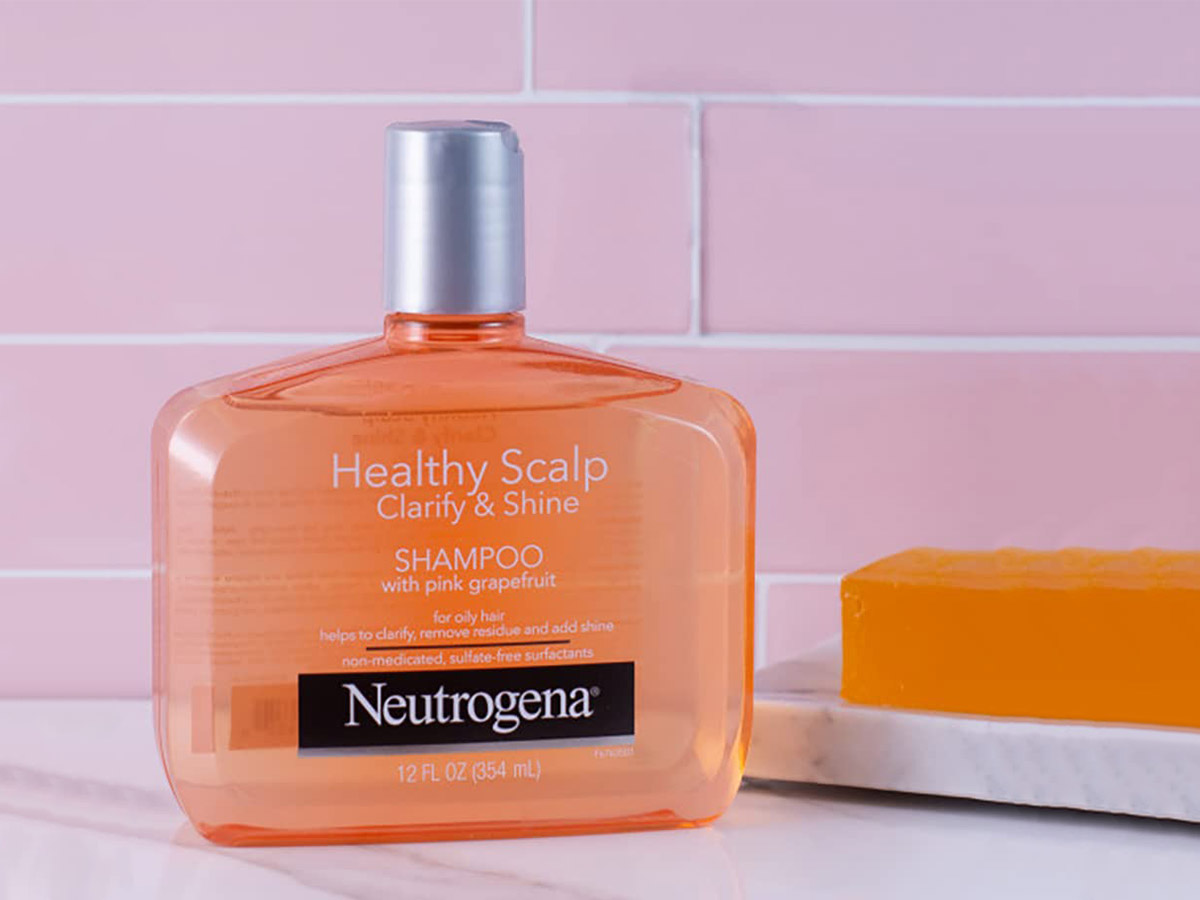
Clarifying shampoo is important for hair health because it helps to remove buildup from hair products, hard water minerals, and pollutants that can accumulate on the hair and scalp. Over time, these substances can cause the hair to become dull, dry, and prone to breakage.
Clarifying shampoo can help to restore the hair's natural shine and softness by removing these impurities. Additionally, clarifying shampoo can help to improve the effectiveness of other hair products, such as conditioners and styling products. It's important to use clarifying shampoo once or twice a month, or as needed, to maintain healthy hair.
Using Too Much Clarifying Shampoo
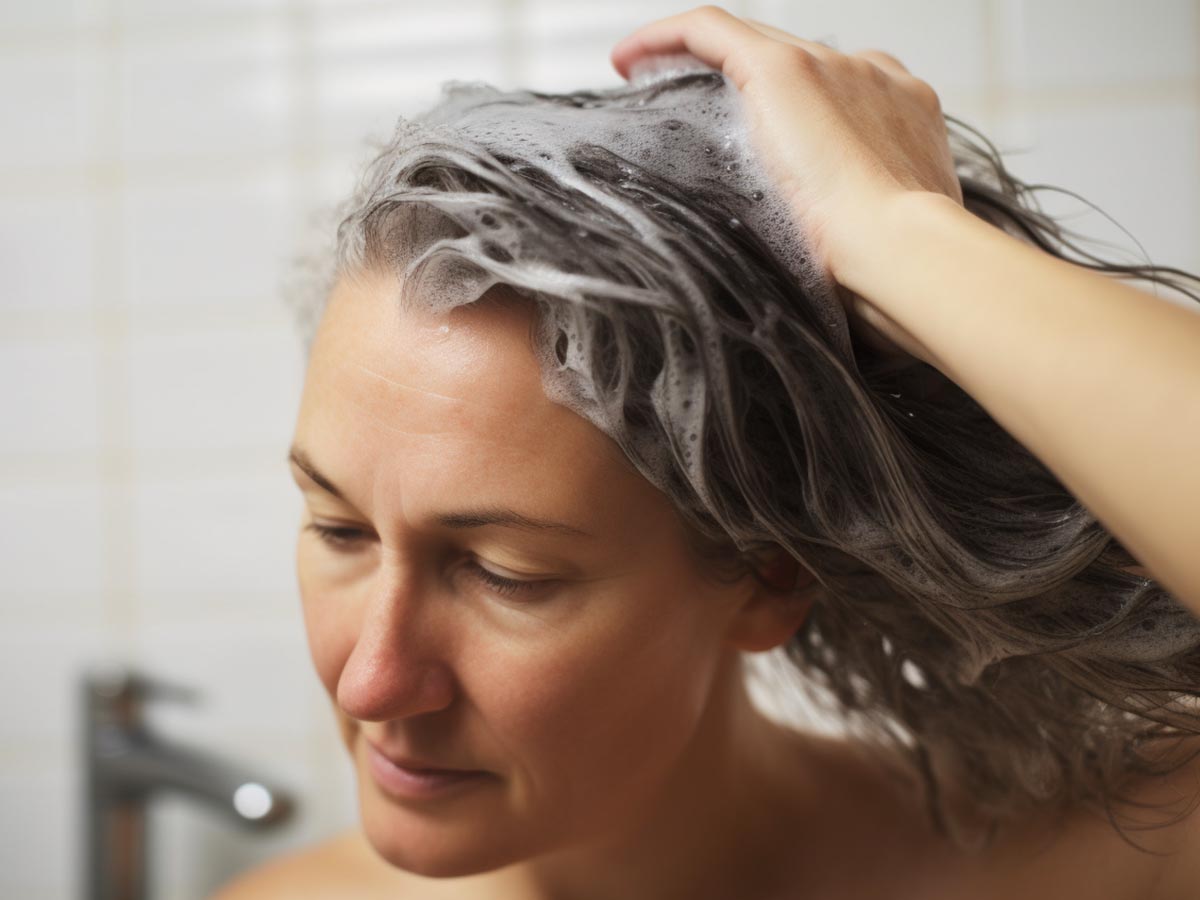
Using clarifying shampoo too much can damage your hair because it can strip the hair of its natural oils and cause dryness. Clarifying shampoo is designed to remove buildup and impurities from the hair and scalp, but it can also remove the natural oils that keep the hair healthy and moisturized.
If you use clarifying shampoo too often, it can cause the hair to become dry, brittle, and prone to breakage. It's important to use clarifying shampoo only once or twice a month, or as needed, to avoid damaging your hair. If you have particularly oily hair, you can consider using a gentle, sulfate-free shampoo between clarifying treatments.
Leaving Salt in Your Hair

Salt can damage your hair because it can cause dehydration and dryness. When salt water evaporates from the hair, it can leave behind salt crystals that can dry out the hair and cause it to become brittle and prone to breakage. Additionally, salt can cause the hair to become tangled and knotted, which can lead to further damage.
To avoid damaging your hair from salt water exposure, it's important to rinse your hair with fresh water after swimming in the ocean or spending time in the sun. You can also consider using a leave-in conditioner or hair oil to help protect and moisturize the hair.
Not Using Hair Masks

Hair masks are important for hair health because they provide deep conditioning and nourishment to the hair. They are designed to penetrate the hair shaft and provide intense hydration and nutrients that can help to repair and strengthen the hair. Hair masks can help to improve the overall health and appearance of the hair by reducing dryness, frizz, and breakage.
Additionally, hair masks can help to improve the effectiveness of other hair products, such as shampoos and conditioners. It's important to use a hair mask once a week, or as needed, to maintain healthy and beautiful hair.
Ignoring Underlying Health Conditions

Health conditions such as thyroid issues or diabetes can significantly affect hair health. Thyroid disorders can cause changes in the hair's texture, thickness, and overall health. Hypothyroidism can cause hair loss and dryness, while hyperthyroidism can cause hair thinning and breakage.
Diabetes can also affect hair health by causing hair loss or thinning, as well as dryness and scalp issues. High blood sugar levels can damage the blood vessels that supply the hair follicles, leading to reduced hair growth and overall hair health. If you have a health condition that is affecting your hair, it's important to consult with a healthcare professional for proper treatment and management.
 Author
Sherrill Dean
Last Updated: March 30, 2024
Author
Sherrill Dean
Last Updated: March 30, 2024
